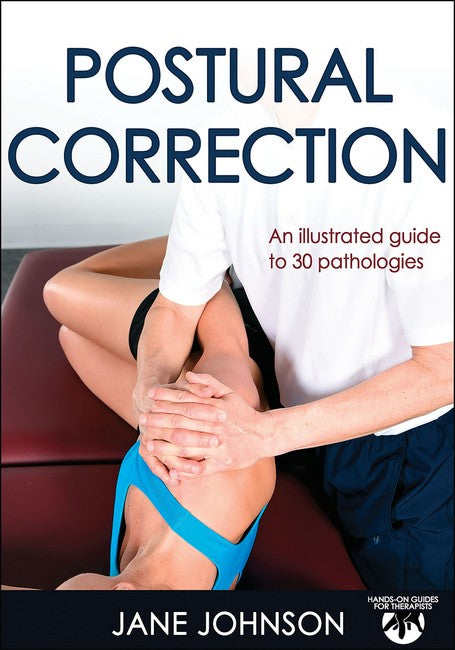Jane Johnson, MSc, PhD, is a chartered physiotherapist and sport massage therapist specializing in occupational health and massage. In this role she spends much time assessing the posture of clients and examining whether work, sport, or recreational postures may be contributing to their symptoms. She devises postural correction plans that include both hands-on and hands-off techniques. Johnson has taught continuing professional development (CPD) workshops for many organizations both in the UK and abroad. This experience has brought her into contact with thousands of therapists of all disciplines and informed her own practice. Johnson has a passion for inspiring and supporting students and newly qualified therapists to gain confidence in the use of assessment and treatment techniques. Johnson is a member of the Chartered Society of Physiotherapy and is registered with the Health Professions Council. A member of the Medico Legal Association of Chartered Physiotherapists, she provides expert witness reports on cases involving soft tissue therapies. Johnson is the author of six titles in the Hands-On Guides for Therapists series. These are, Postural Assessment, Postural Correction, Therapeutic Stretching, Soft Tissue Release, Deep Tissue Massage and Soft Tissue and Trigger Point Release. Postural Assessment has sold over 10,000 copies. She is also the author of The Big Back Book: Tips & Tricks for Therapists. Jane regularly delivers webinars on popular musculoskeletal topics, as well as on life working as a therapist. In her Facebook group (Jane Johnson The Friendly Physio), she shares tips and tricks in her usual, friendly manner. Johnson lives in the north of England in an unmodernized house where she creates books and webinars, makes art and rehomes big rescue dogs.
Request Academic Copy
Please copy the ISBN for submitting review copy form
Description
Part I. Getting Started With Postural Correction Chapter 1. Introduction to Postural Correction Causes of Postural Malalignment Consequences of Malalignment in the Body Who Might Benefit From Postural Correction Contraindications to and Cautions for Postural Correction Closing Remarks Chapter 2. Changing Posture Determining Start of Postural Correction Five Steps to Postural Correction Techniques for Postural Correction Aftercare Gaining Rapport and Enhancing Engagement Referral to Another Practitioner Tailoring Your Treatments Closing Remarks Part II. Correcting the Spine Chapter 3. Cervical Spine Increased Lordosis Lateral Neck Flexion Forward Head Posture Rotation of the Head and Neck Closing Remarks Chapter 4. Thoracic Spine Kyphosis Flatback Rotated Thorax Closing Remarks Chapter 5. Lumbar Spine Increased Lordosis Decreased Lordosis Closing Remarks Chapter 6. Scoliosis Types of Scoliosis Closing Remarks Part III. Correcting the Pelvis and Lower Limb Chapter 7. Pelvis Anterior Pelvic Tilt Posterior Pelvic Tilt Pelvic Rotation Laterally Tilted Pelvis Closing Remarks Chapter 8. Lower Limb Internal Rotation of Hip Genu Recurvatum Genu Flexum Genu Varum Genu Valgum Tibial Torsion Pes Planus Pes Caves Pes Valgus Pes Varus Closing Remarks Part IV. Correcting the Shoulder and Upper Limb Chapter 9. Shoulder Protracted Scapula Internal Rotation of Humerus Winged Scapula Elevated Shoulder Closing Remarks Chapter 10. Elbow Flexed Elbow Hyperextended Elbow Closing Remarks
"An ideal instruction reference for students, therapists, and the non-specialist reader with an interest in postural correction issues. "Postural Correction" is as informative and educational as it is thoroughly 'user friendly' in content, tone, organization and presentation. "Postural Correction" is very highly recommended for professional, community, and academic library Health/Medicine instructional reference collections." --The Midwest Book Review "Therapists will use different techniques for different clients and this book helps guide them through the possibilities. It also helps therapists think outside the box and approach clients in a different way, if one technique is not working. The photographs are very helpful... Having a book like this will help therapists take the skills they already have and apply some new theory and techniques to help their clients. The book is written at an appropriate level, not going into too much scientific detail that might be beyond the needs of some massage therapists. Yet, it still challenges therapists to approach their treatments differently." --Doody's Book Review

